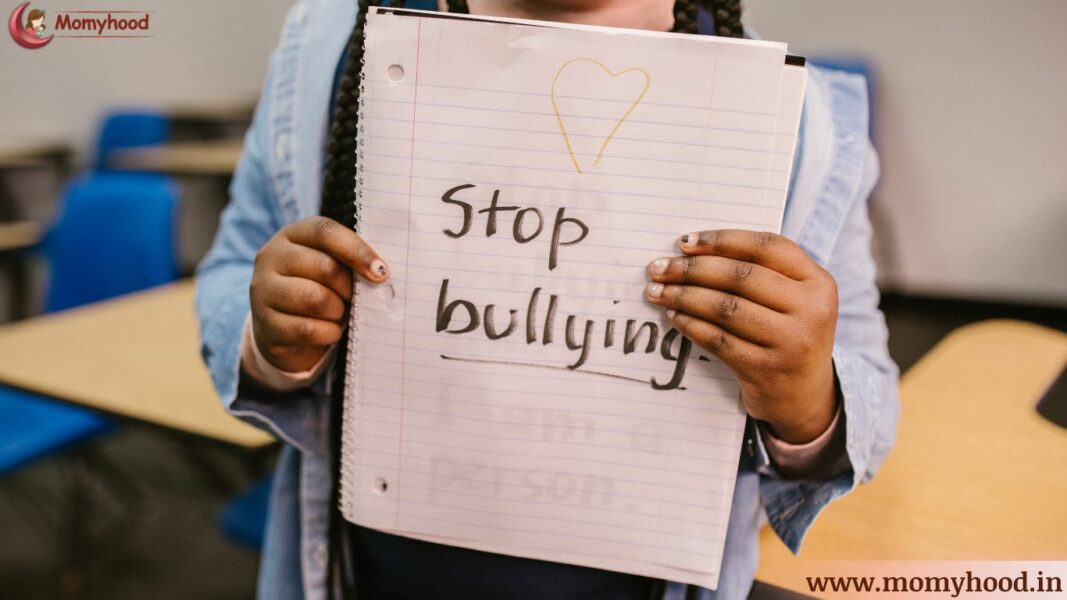No parent should ever have to go through what Mihir’s family is facing right now. Losing a child to bullying and ragging is beyond heartbreaking. It’s a loss that could have been prevented, a trauma that no family should endure. Mihir was just 15, a child with dreams and hopes—until bullying took everything away. We must demand justice for Mihir by holding those responsible for his suffering accountable and working to prevent future tragedies.
The tragic story of Mihir—shared by his uncle, Musthafa PC, the CEO of iD Fresh Food—compels us all to pause and reflect. Could this have been prevented? What if we could do more to ensure this never happens again?
In his heartfelt post, Musthafa shared shocking details about Mihir’s suffering—how he endured ragging, physical abuse, and constant humiliation at the hands of his classmates. Mihir was bullied for something as superficial as his dark skin color, and the cruelty didn’t stop even after his death. The perpetrators celebrated his death with shocking messages, showing how deep and terrifying the problem really is.
Imagine being the parents of Mihir—knowing that your child went through such torment and feeling helpless to stop it. The weight of such grief is unimaginable. How could any parent ever recover from such a loss? And yet, we can help ensure that Mihir’s death is not in vain by raising our voices and demanding justice for him and every child like him.
As a mother, this shakes me to my core. Are we, as parents, truly doing enough to protect our children? How many of us assume that our kids are “fine” just because they don’t openly complain?
How often do we truly listen to them, beyond the surface-level “How was school today?” Are we creating a space where they feel safe enough to share their deepest fears and struggles? Or are we too caught up in our own schedules, assuming everything is okay?
The Hard Truth About Bullying in Schools
Mihir’s story is not an isolated incident. Bullying is happening in schools, in school buses, in online chats—and many children suffer in silence.
📣 Loved what you read? Want to go deeper into conscious parenting? ✨ The Power of Manifestation in Parenting is now available — A soulful guide packed with real-life tools like affirmations, energy shifts, and sleep talk that I personally use with my son, Hitarth. 💛 Start your journey toward calmer, connected parenting today. 🎉 Launch Offer: Only ₹99 (limited-time price!) 📲 Instant download. No waiting. 👉 Grab your copy now!.
💔 How often do we ask our kids, “Did anything happen at school today that made you uncomfortable?”
💔 Do we really know what’s going on in their social circles?
💔 Are schools actively taking measures to prevent bullying, or are they brushing it under the rug?
Bullying doesn’t always leave physical scars—sometimes, the wounds are deep inside, invisible, and fatal. The emotional scars, the isolation, the self-doubt, and eventually, the hopelessness—it builds up. And when no one is there to help break that cycle, tragedies like Mihir’s happen.
Why I Talk to My 5.5-Year-Old Son About This
Many parents believe kids are “too young” to hear about such serious topics. But I don’t think so. I talk to my son, Hitarth, about real incidents like Mihir’s because I want him to be emotionally strong, aware, and capable of standing up for himself and others.
✅ He learns that actions have consequences.
✅ He understands that bullying is never acceptable.
✅ He knows that he can always talk to me about anything.
Some parents may think, “Oh, but he’s just a child. Why should we expose them to such harsh realities?” But let me ask you—when will it be the “right age” to talk about this? When it’s too late?
We can’t underestimate our kids. The earlier we teach them about these realities, the better they’ll handle difficult situations later in life.
Are We Too Busy to Notice the Signs?
We’re all caught up in our work, responsibilities, and daily chaos. But how much time do we spend understanding our child’s emotional world?
📌 Do we just ask, “How was your day?” or do we truly listen when they answer?
📌 Are we unknowingly raising kids who suffer in silence?
📌 Should one parent always be available at home to ensure open communication with their child? Isn’t that important?
A strong emotional bond starts at home. If our kids don’t feel safe sharing their struggles with us, who will they turn to?
What Can We Do to Help Prevent Bullying in School?
As parents, we have a responsibility to create an environment where our children are protected, both physically and emotionally. Here’s what we can do to make a difference:
Create an Open Line of Communication
Ask your child how they feel, not just about their studies, but about their friendships and school life. Is there anyone making them feel uncomfortable or unsafe? It’s important that we know about their emotional state and what’s going on in their social circles.
Teach Empathy
Help your child understand the impact of bullying. Teach them to stand up for others who may be getting bullied, showing kindness to those who might be isolated. Are we teaching our children to be empathetic, to include others, and to speak out against injustice?
Work With the School
Advocate for stronger anti-bullying policies. As parents, we should be involved in school discussions about bullying prevention. What measures is your child’s school taking to ensure that all children feel safe?
Empower Your Child to Speak Up
Encourage your child to report bullying to teachers or parents immediately. Have you taught your child to be confident in speaking up when they see bullying or when they’re affected by it?
Promote Self-Worth and Mental Health
Teach your child that their value is not based on appearance, grades, or what others say about them. Are you fostering a strong sense of self-worth in your child so that they can rise above the negativity they might face?
Hold Schools Accountable
Ask schools to create a safe space where children can talk about bullying openly. Is your child’s school providing proper counseling or support services for kids who are affected by bullying?
Can Our Children Be Part of the Solution?
If we truly want to make a difference, it’s not enough to sit back and hope things will improve. Can our kids be part of the solution? What if we empowered them to make a change within their own schools?
Could your child give a presentation about bullying at school? If the school allows it, why not encourage your child to be a part of raising awareness? Imagine the impact of a child standing up and speaking to their peers about the importance of kindness and empathy. It could be the spark that changes everything.
What About Us as Parents?
We, too, need to question how we’re contributing to the culture of safety at school. Are we doing enough to talk about bullying at home? Are we showing our children the value of speaking up and creating a culture of inclusivity, where no one is left behind? And most importantly, are we setting the right example through our actions?
Justice for Mihir: A Call for Change
Mihir’s death should not go in vain. His family is seeking justice, and we must stand with them. But beyond that, we must change the way we approach bullying.
The pursuit of justice for Mihir is not just about punishing the perpetrators, but about creating a world where no child faces such cruelty again.
Schools, families, and communities must work together to build an environment where every child can feel safe and supported. Isn’t that the world we want for our children? A place where they don’t have to fear what happens behind closed doors or hidden in the halls of their school.
Mihir’s tragic death must spark a conversation about justice for Mihir, ensuring that his story is heard and leads to meaningful change. We need to ask ourselves hard questions, like: What can we do to make the world safer for our children? What can we do as parents and as part of the community to stop bullying before it starts?
Let’s not wait for another tragedy to shake us. Let’s start today—by listening, understanding, and taking action. Let us unite in our call for justice for Mihir, ensuring that bullying no longer claims the lives of innocent children.
💬 How do you handle conversations about bullying with your child? Let’s discuss in the comments.
Your comments and shares do more than just support our blog—they uplift the amazing moms who share their stories here. Please scroll down to the end of the page to leave your thoughts, and use the buttons just below this line to share. Your support makes a big difference!



